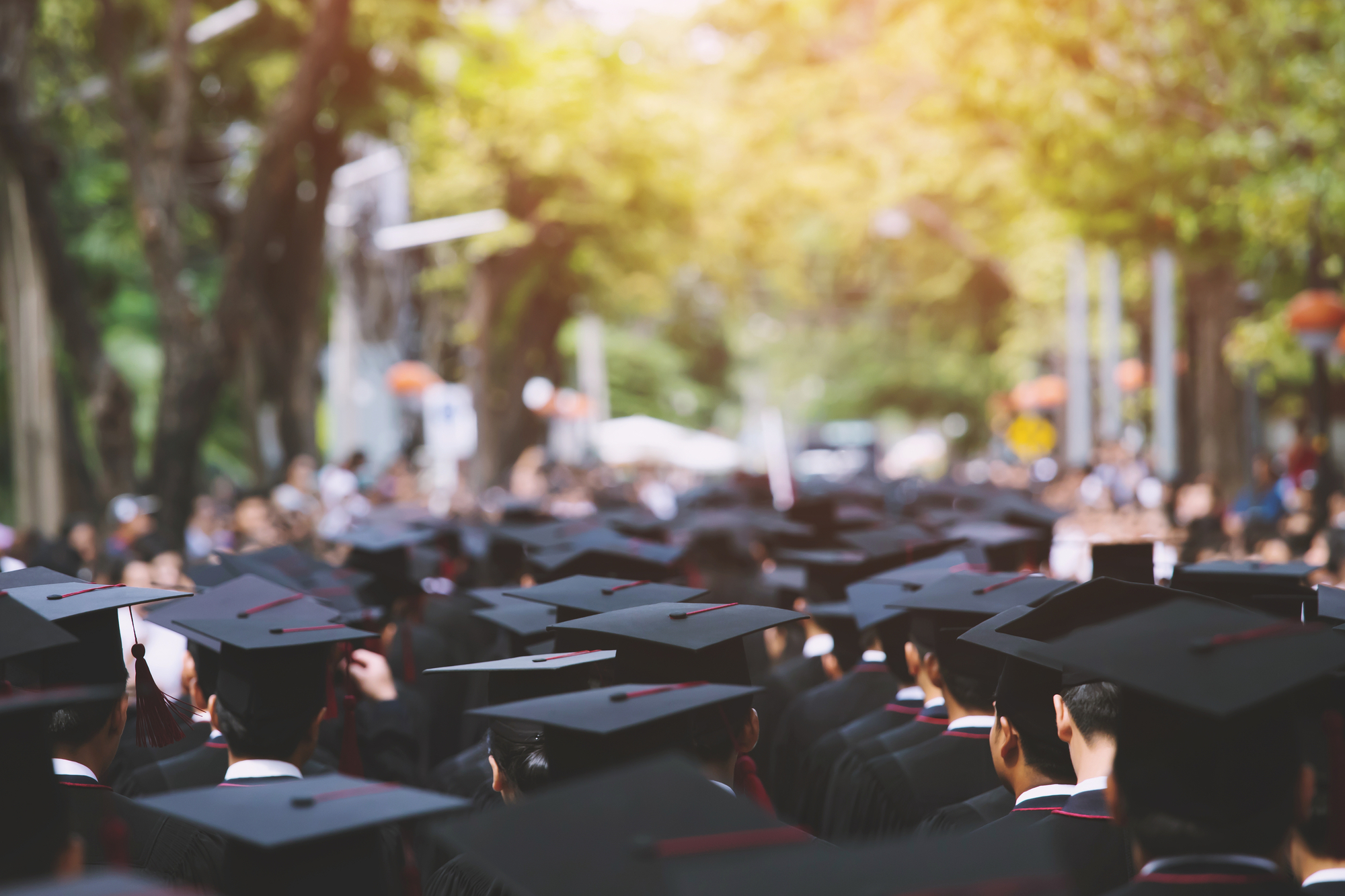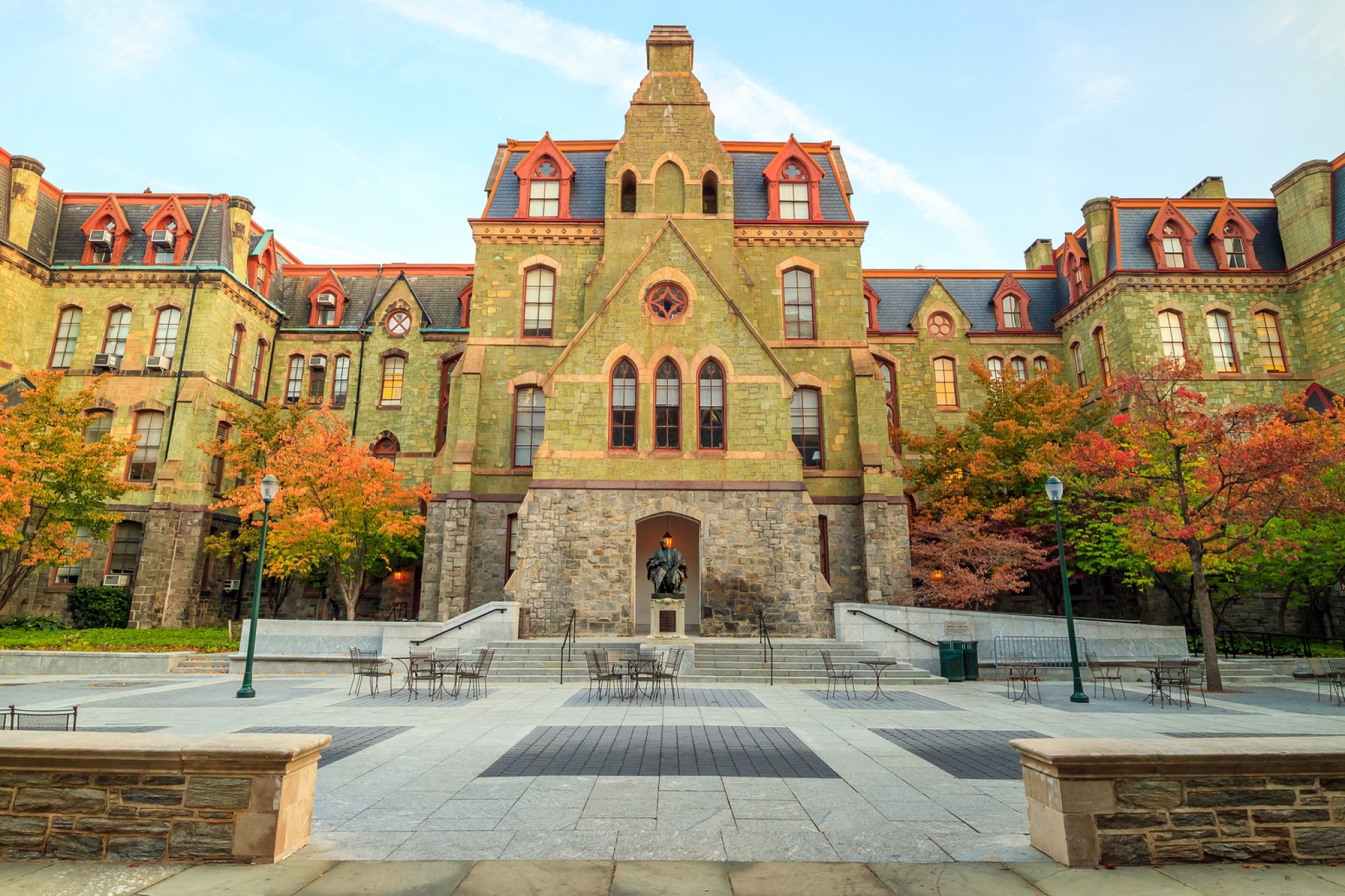Does the U.S Need a School Lesson from Finland?
Addressing American families, Howard Gardner, an education professor at Harvard, suggested to “‘[l]earn from Finland, which has the most effective schools and which does just about the opposite of what we are doing in the United States.’” William Doyle, writer for the Los Angeles Times, abided by Gardner’s advice and enrolled his seven-year-old son in a Finnish school. Doyle got an inside look at the higher education system as well when he became a professor in a Finnish University. Reflecting fondly on his family’s five months there, he refers to the school system as “stunningly stress-free” while being “stunningly good.” Doyle recalls, “Finns put into practice cultural mantras I heard over and over: ‘Let children be children,’ ‘The work of a child is to play,’ and “Children learn best through play.’” These values contrast greatly with America’s mentality of teaching for the standardized test.
Though standardized tests are far from Finnish educators’ priorities, their students excel. Finland achieves high-ranking international success not by preparing its children directly for exams, such as those administered by the Programme for International Student Assessment (PISA). Rather, Finland’s educators prioritize the development of personal well-being and the creation of well-rounded individuals. Timo Heikkinen, a Helsinki principal, explained, “If you only measure the statistics, you miss the human aspect.”
Doyle concedes that “[s]keptics might claim that the Finnish model would never work in American’s inner city schools, which instead need boot-camp drilling and discipline, . . . , relentless standardized test prep and screen-delivered test prep.” However, he poses the daunting question: “But what if the opposite is true?” The intense restrictions and discipline of these schools could be restricting children’s creativity, expression, and personal development. It could be fostering resentment within the children for school and authority figures. Public Finnish schools provide resources that could only be found in private American institutions. Finland bridges the gaps in opportunity for children of all different socioeconomic backgrounds.
Finland works to deconstruct gender inequalities as well. There is a stigma in America that degrades a profession in primary education, a field dominated by women. According to the National Center for Education Statistics, the average salary of public school teachers, in 2011-2012, was $56,340 with 76% of those teachers being women. In contrast, Doyle points out that “Finland teachers are the most trusted and admired professionals next to doctors, in part because they are required to have master’s degrees in education with specialization in research and class practice.” It is no coincidence—with its greater emphasis on education and equality—that “Finland was found to have the highest labour-force participation of women globally, along with the largest share of women to have completed higher education compared with men. The country also ranked second worldwide with its share of women in parliament,” according to Good News from Finland.
In another one of Doyle’s articles, “How Finland broke every rule—and created a top school system,” he claims that “Finland’s historic achievements in delivering educational excellence and equity to its children are the result of a national love of childhood, a profound respect for teachers as trusted professionals, and a deep understanding of how children learn best.”
Should America adopt similar educational approaches as a country whose population makes up only 1.6% of the U.S. population? Replicating the exact same policies seems unachievable in countries of different sizes, cultures, and histories. However, America may still learn from Finland’s success. In her article, “Why Finland’s schools are top-notch,” Pasi Sahlberg suggests what America could take away from the Finnish educational system: “One affordable and smart step would be to terminate policies and practices that prevent American teachers from teaching what matters most to their students. Redesigning current punitive accountability for schools and abolishing unnecessary standardized tests would remove a big burden from schools and leave teachers with more time to focus on real learning.”
Is America too set in her ways? Could we recover the joy of progress, learning, and childhood muddled by regulations and standardized tests? Will we ever respect our educators like we do our doctors? Will we defer to our educators over politicians about issues regarding children’s educational needs? Will we give children the freedom to play or confine them to filling in A, B, C, D bubbles?





